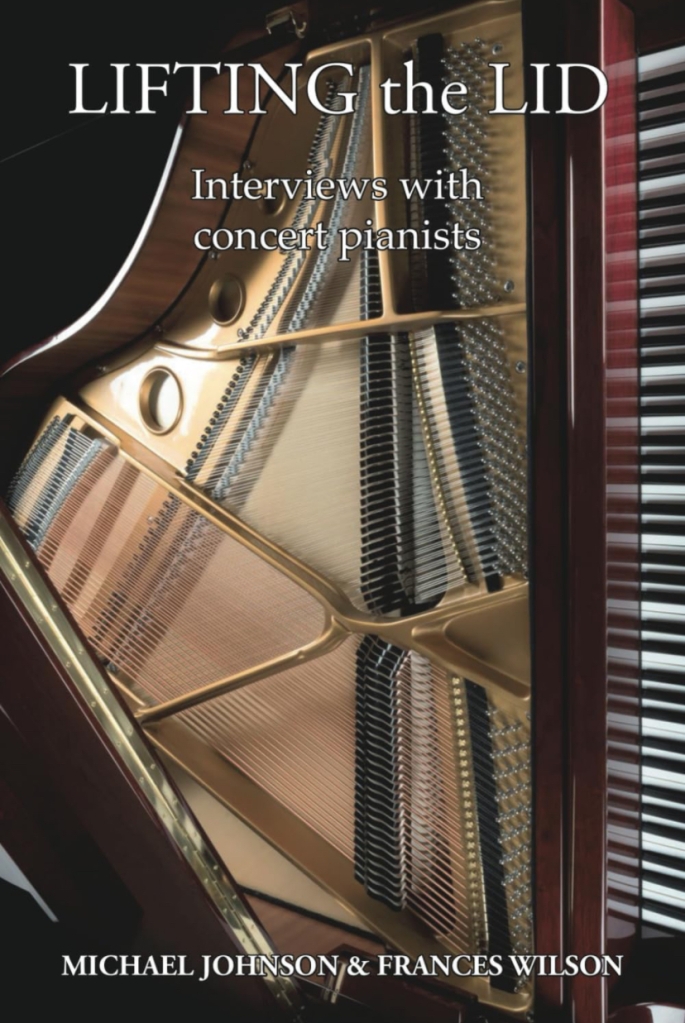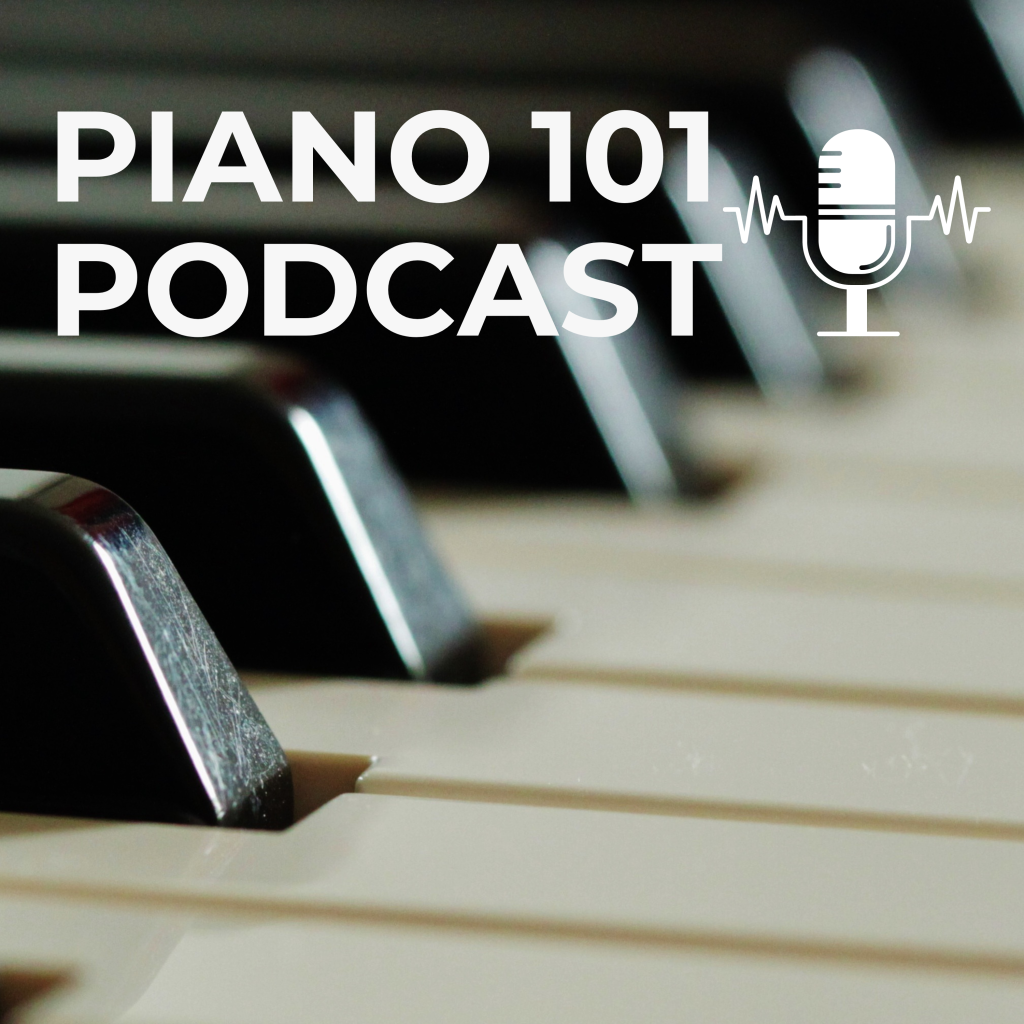 I admit it: I’m a frightful purist and unashamed pedant when it comes to learning new music, preferring a careful, methodical approach, working slowly with a pencil behind my ear. I like to work things out for myself, and only very occasionally will be completely stumped by something in a score, which will either have me searching for some hints on the internet, or arriving at a lesson to consult my teacher, who knows that I prefer to work at problem-solving on my own, and is often happy to point me in the right direction and leave me to get on with it.
I admit it: I’m a frightful purist and unashamed pedant when it comes to learning new music, preferring a careful, methodical approach, working slowly with a pencil behind my ear. I like to work things out for myself, and only very occasionally will be completely stumped by something in a score, which will either have me searching for some hints on the internet, or arriving at a lesson to consult my teacher, who knows that I prefer to work at problem-solving on my own, and is often happy to point me in the right direction and leave me to get on with it.
In an earlier post, I talked about familiarity with the music, not just the physical sensation and the patterns of the notes under the fingers, but also of seeing the score in front of me, day in day out, so that I begin to recognise the shapes and patterns of the printed music. I try to instill similar habits in my students, but I would be naive if I thought any of them practised as meticulously as I do. There are no budding Kissin’s or Lang Lang’s amongst my students, for which I am relieved as teaching a very talented student would fill me with dread, but there are one or two who show a real affinity for the instrument, and are sufficiently interested to practise regularly. One or two hardly practise at all – I know who they are! And one makes it look easy – ggrrrr!! With an age range of five to mid-forties, my student all have plenty of other things going on in their lives – drama, sport, after school activities, work – and piano practise just has to fit in around everything else. My adult students tend to be more committed and focussed, but that is because they are learning piano for slightly different reasons to the kids and are all self-motivated people.
To help with the learning of new music, I ask a student to read through the score and highlight any signs or markings which they don’t understand. Then we look for recurring patterns, breaking the score down into manageable pieces. Sometimes, being confronted with a whole A4 page of music can be very daunting for an early learner; showing them where the music repeats itself (either a straight repeat, or a repeated pattern or motif) can demystify it, making it simpler to understand. I use quite a lot of visual cues too – words or little drawings to describe the mood, tone or “story” in the music. I also ask my students to imagine the pictures and stories in the music. I like to think all these things combine to make the learning process more enjoyable. We also listen to other music to gain insights into context, both compositional and historical, and to highlight that piano music should not be considered in isolation.
I never been particularly keen on things stuck on the keyboard or behind the keys to help with note-learning, partly because I think such things are a distraction, forcing the eye down to the keys, instead of straight ahead at the score. However, one of my adults regularly uses one of these devices, ‘IMP’s Keyboard Indicator’, which shows not only the layout of the keyboard, but also the notes as they are written on the stave. She has found it invaluable in improving her knowledge of the geography of the keyboard and as a consequence, her confidence has also improved a great deal. My only concern is that she may not be able to cope without it if and when it is removed from the keyboard.
I ordered a Keyboard Indicator to keep in my piano room, and yesterday it arrived from Amazon. Setting it up on my piano (to make sure it fitted properly), I found myself checking some chords in both the Debussy and Gershwin preludes I am learning, where the right hand is taken to the very upper registers of the keyboard, a place I do not visit that often. I must say it was jolly useful to be able to make a quick check, annotate the score and then play the music, but fearing “dependence”, I quickly consigned the indicator to the top drawer of my desk, and carried on with the Debussy in my usual fashion. At the end of the day, only repetitive practise will truly fix those high chords in my head and fingers.






